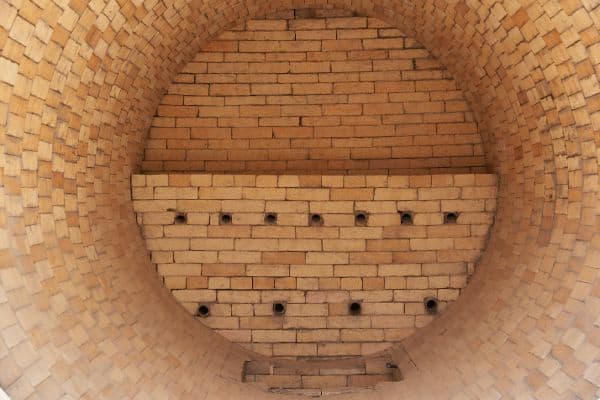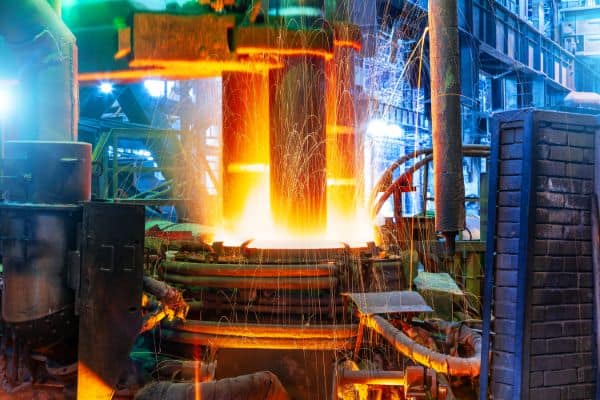Refractories are materials that are designed to maintain strength, dimensional stability and chemical resistance at high temperature.
The following additional characteristics make zircon and zirconia ideal materials for refractory applications.
These benefits allow zircon and zirconia to be used in a wide range of refractory applications, including refractory mortar, firebricks or refractory linings for glass and metal furnaces as well as fibres, nozzles, slide gates, valves and grouts.

Some of the key benefits achieved by zircon and zirconia in refractory applications are as follows:

Zircon and its derivatives have a vast array of applications. The largest market for zircon is the ceramics industry. Approximately 54% of zircon that is produced is used in finely ground form in the ceramics industry. 14% goes is used by the foundry industry, and approximately 11 - 14% is used in refractory applications.
A growing portion of the zircon mined worldwide is used for the extraction of the metals zirconium and hafnium or their further processing to produce zirconium chemicals. There is a considerable number of further uses and it is clear from emerging research and development that zircon will continue to play an even greater role in the technological advances of the modern era.